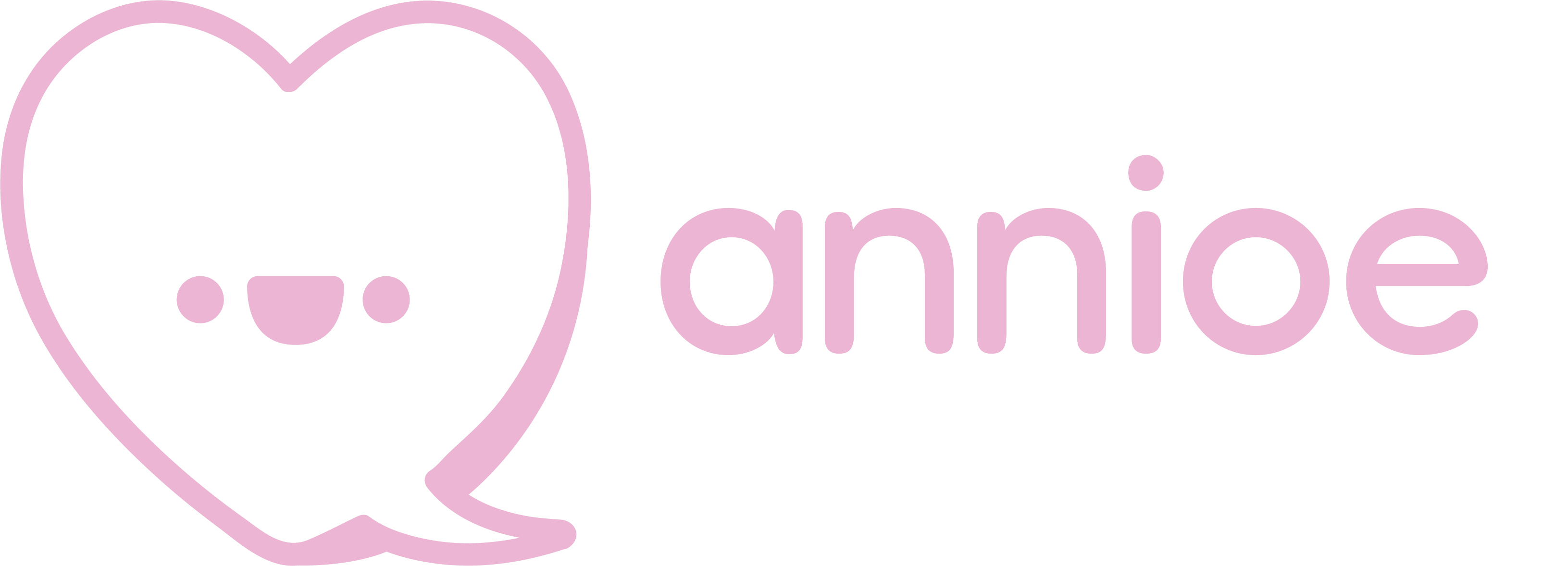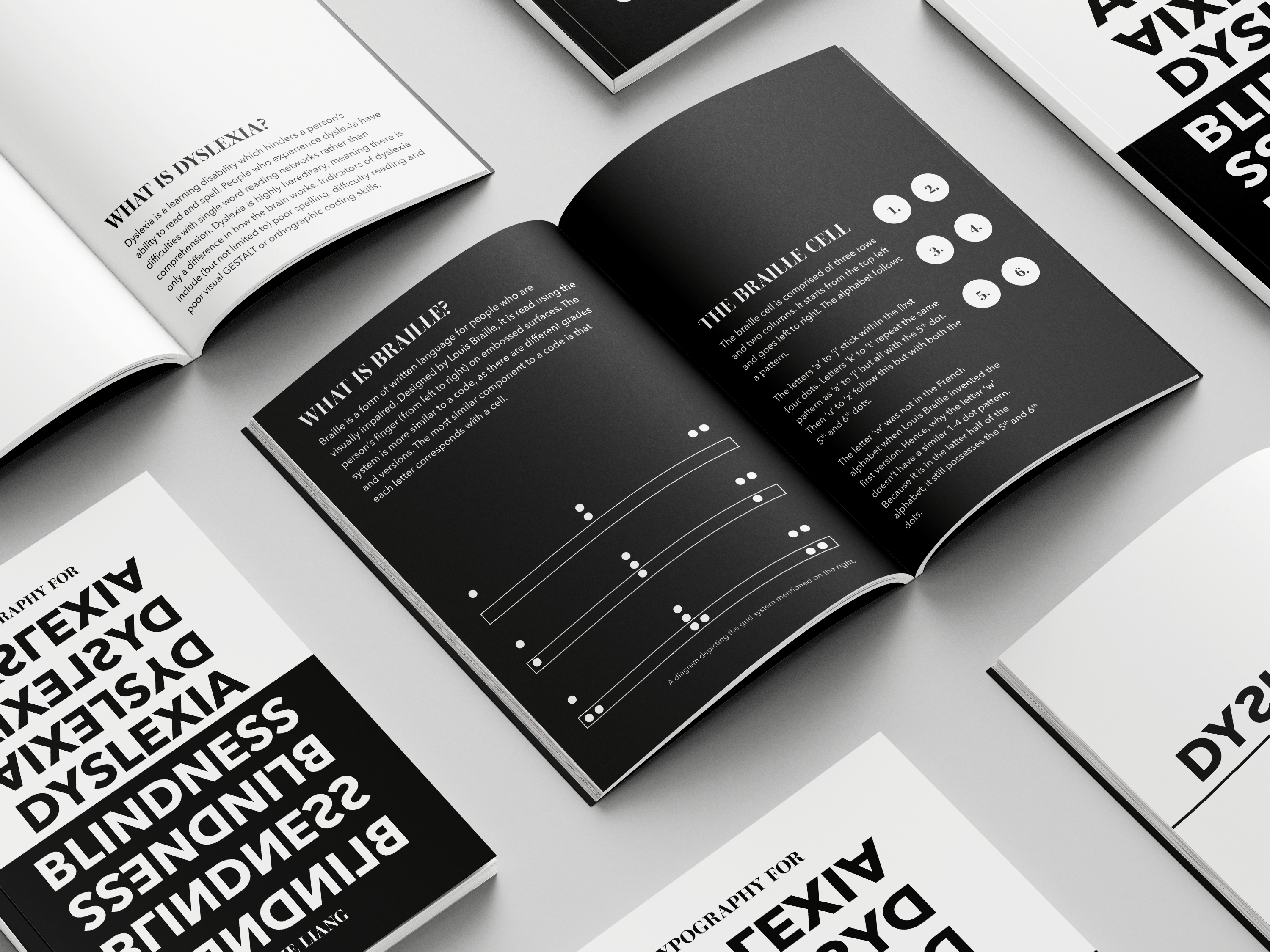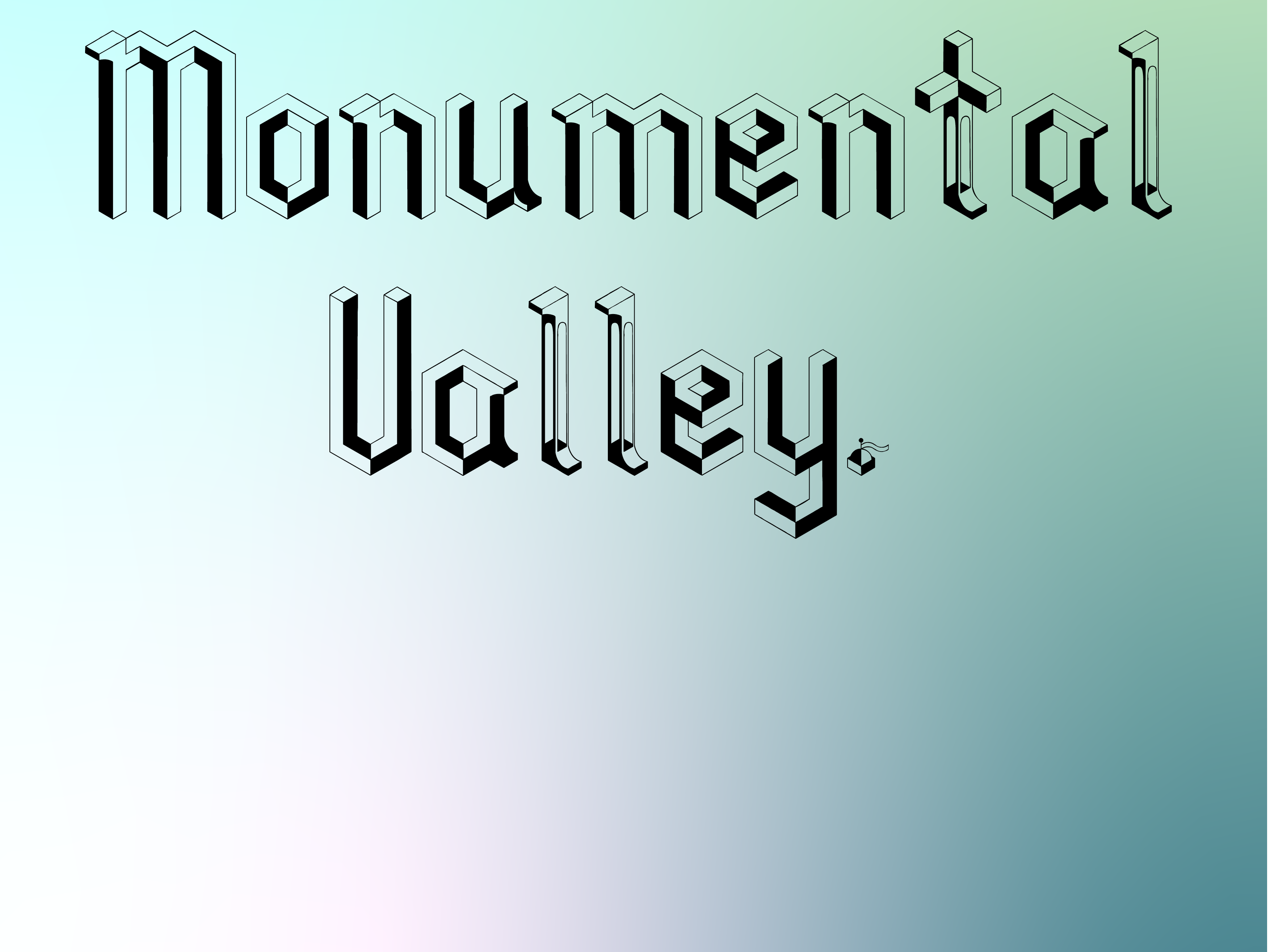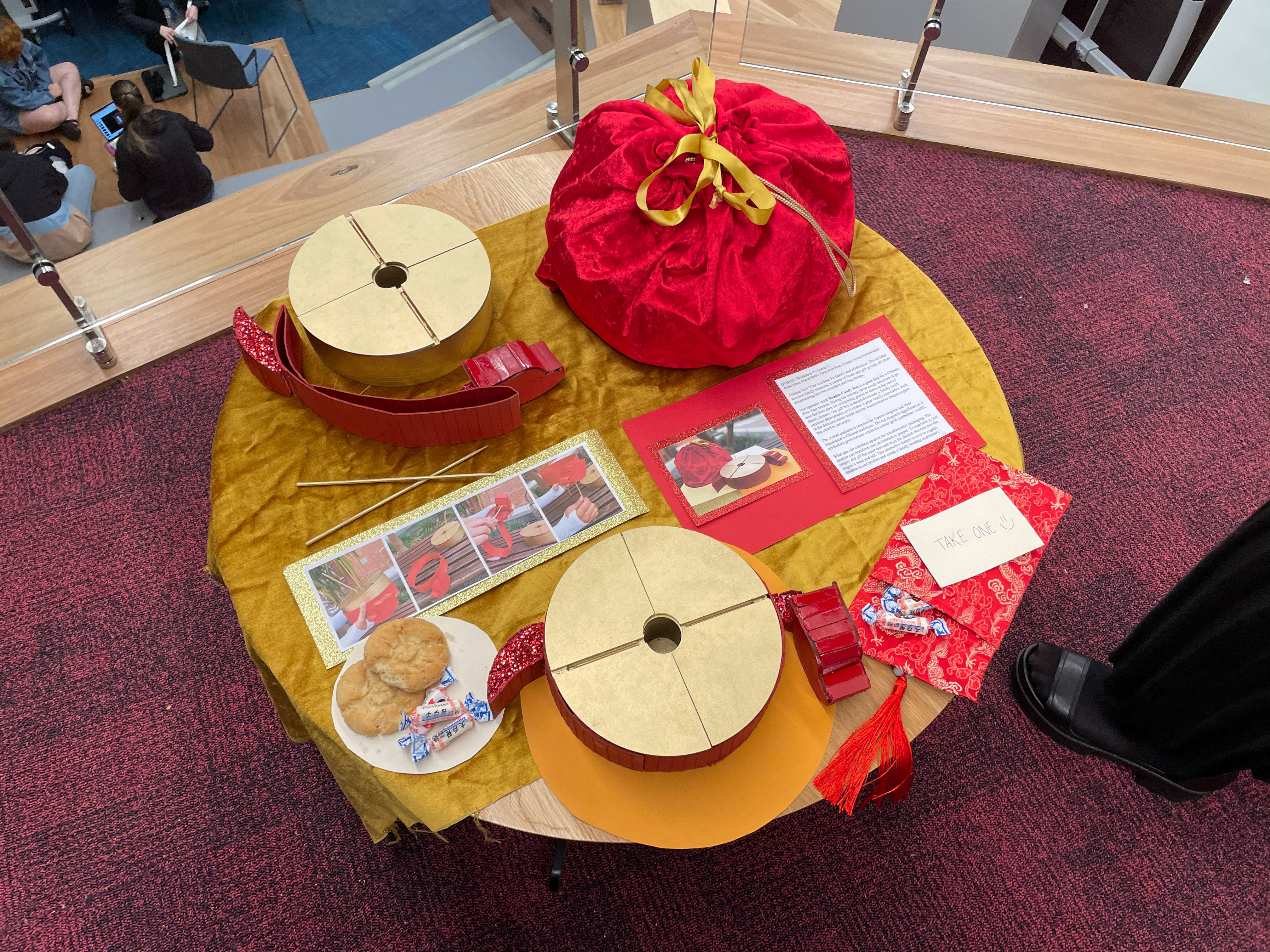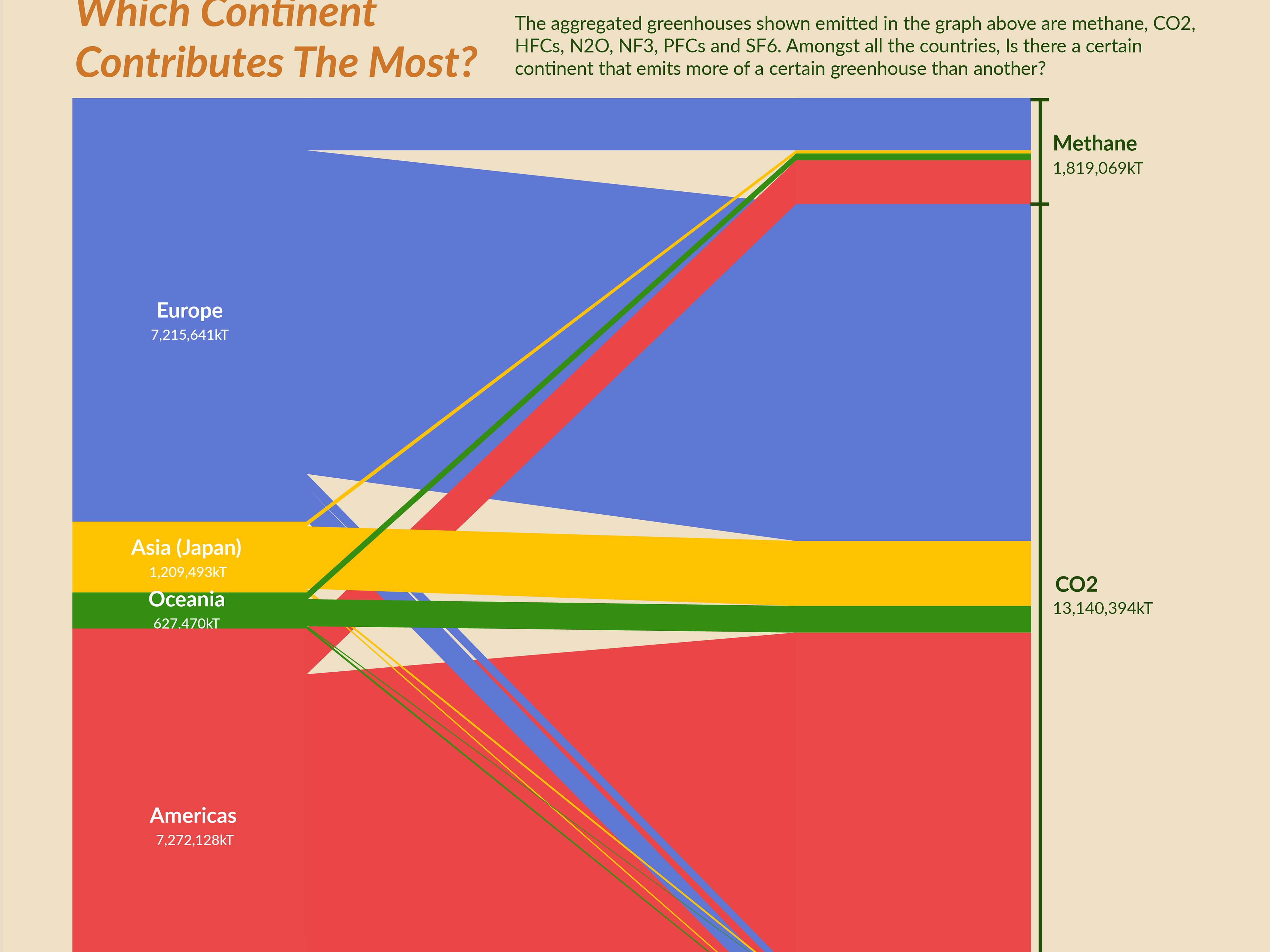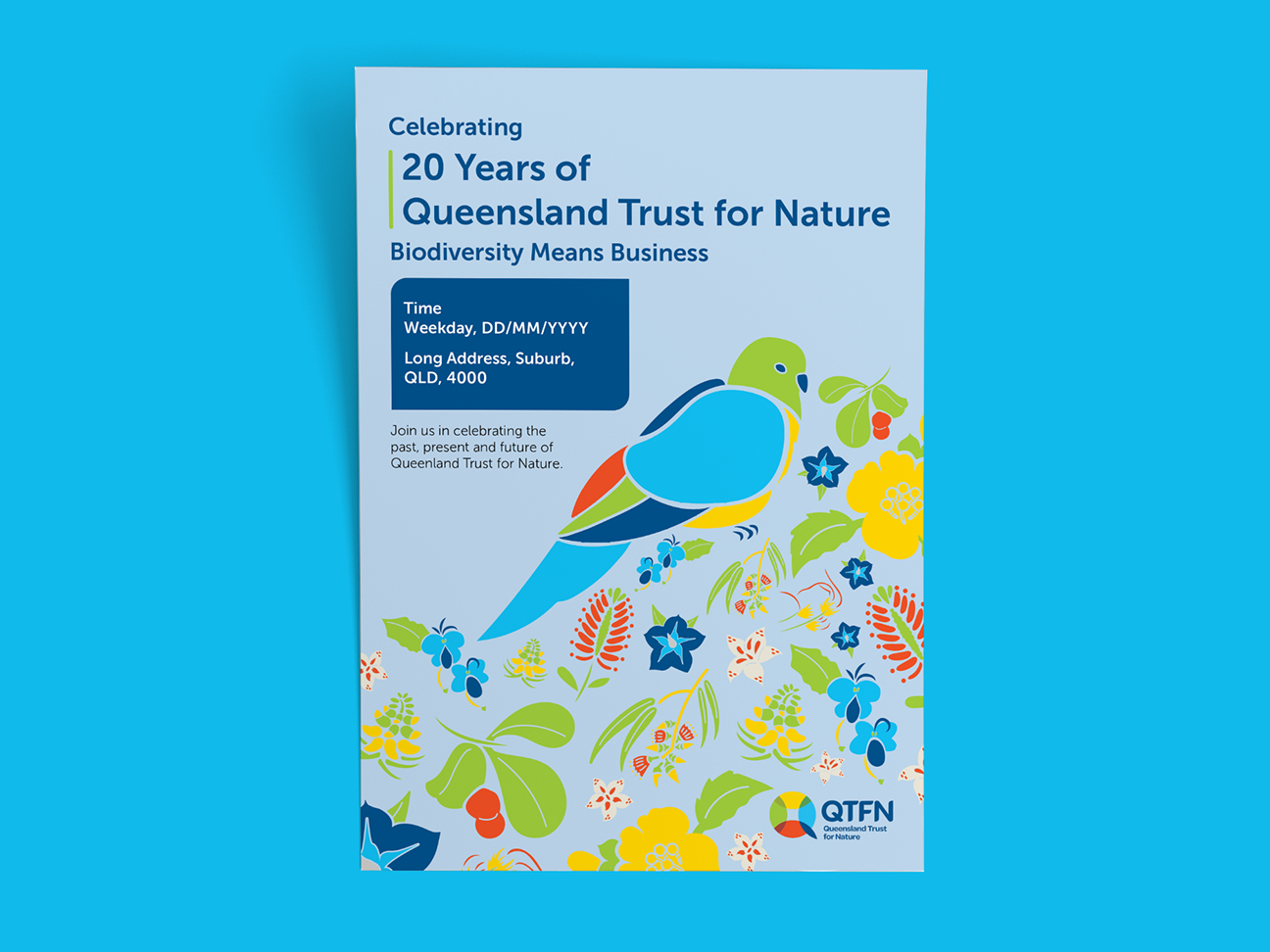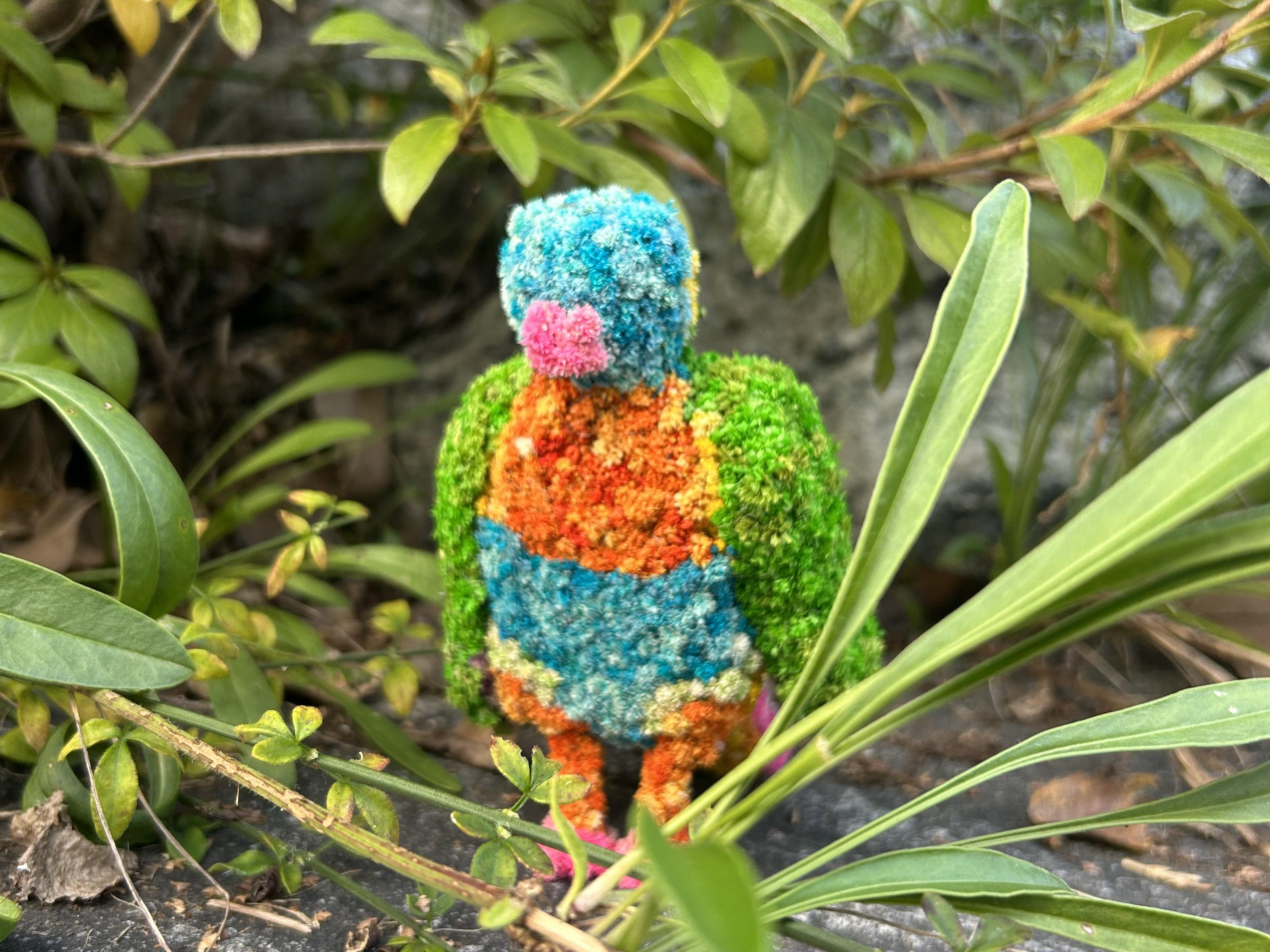Activity 1 - Thin Brush
The first week taught how to use the different brush sizes, dilution of ink and layering.
The thin brush allows for finer details. There is more control with the ink amount and can create more detailed works that require texture, patterns or small shadows. The leaf (top right) also uses a tapered technique. Compared to the other works, which could have used monoline outlines, the fry leaf uses the ink output to create stronger shadows.
Activity 2 - Thick Brush
Thick brush works in contrast to the thin brush. The use of this brush would execute big, dynamic strokes that show bolder details. This brush is best used for bigger paintings of flora and fauna. The extra brush hairs allowed for a clean yet heavy brush stroke.
Activity 3 - Colour
The third activity was to paint with colour paints. These colour paints were water based, meaning they could be diluted in the water. This can build opacity and allow for the mixing of colours.
The prompt was to replicate black and white reference photos using all the techniques we learnt. With the piece to the left, I predominantly used the thin brush as the big brush could not fill in the finer details of the stripes and fur.
Activity 4 - Free
The prompt for this activity was to allow us free reign. I decided to paint my pet budgie, Ally, sitting on an EWHA flower tree.
Activity 5 - Non-Paper Canvas
The final activity was to paint on an non-paper canvas. The material I chose was a plastic phone case. The drawings are of Killua Zoldyck from Hunter X Hunter and Shoto Todoroki from My Hero Academia. The drawings were outlined using a permanent marker. The paints were applied first, making sure there was no water dilution as this would cause the paints to spread.
Unfortunately, to seal the paintings, the Mod Podge made the paints run (due to the liquid base). This photo was taken before the solvent. They were repainted using acrylic paint.
